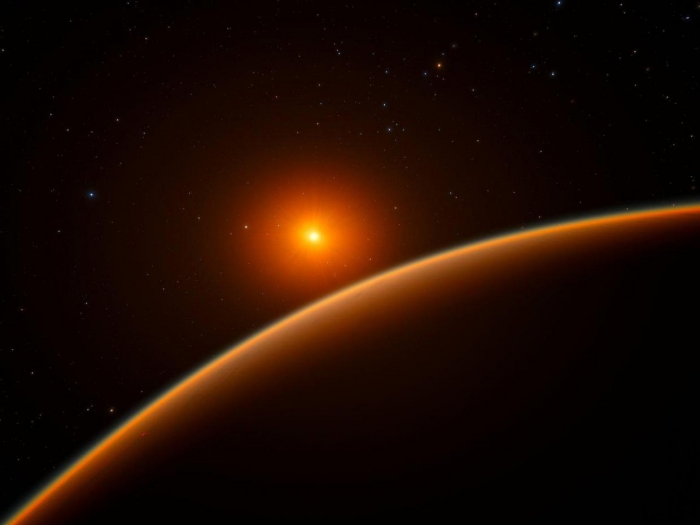The presence of water is seen as a key factor for the existence of life.
In a tweet, Nasa said: "Scientists using @NASAKepler have identified 219 potential new worlds!"
The discoveries bring the total number of suspected exoplanets – planets outside our solar system – found by the Kepler space telescope to more than 4,000.
"This carefully measured catalogue is the foundation for directly answering one of astronomy’s most compelling questions – how many planets like our Earth are in the galaxy?” said Susan Thompson, a research scientist at the SETI Institute, which searches for signs of extra-terrestrial life.
And, in a statement, Nasa said: “There are now 4,034 planet candidates identified by Kepler. Of which, 2,335 have been verified as exoplanets. Of roughly 50 near-Earth size habitable zone candidates detected by Kepler, more than 30 have been verified.
“Additionally, results using Kepler data suggest two distinct size groupings of small planets. Both results have significant implications for the search for life.”
Mario Perez, a Kepler programme scientist at Nasa, stressed the importance of the space telescope.
“The Kepler data set is unique, as it is the only one containing a population of these near Earth-analogues – planets with roughly the same size and orbit as Earth,” he said.
“Understanding their frequency in the galaxy will help inform the design of future Nasa missions to directly image another Earth.”
More about: #Nasa
















































